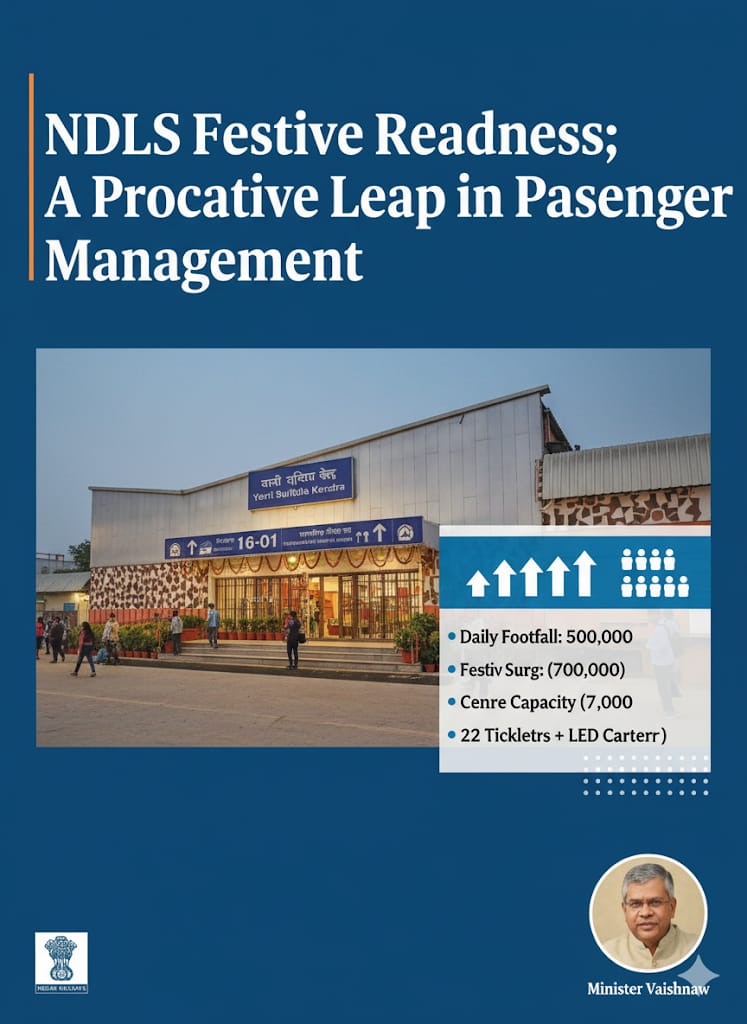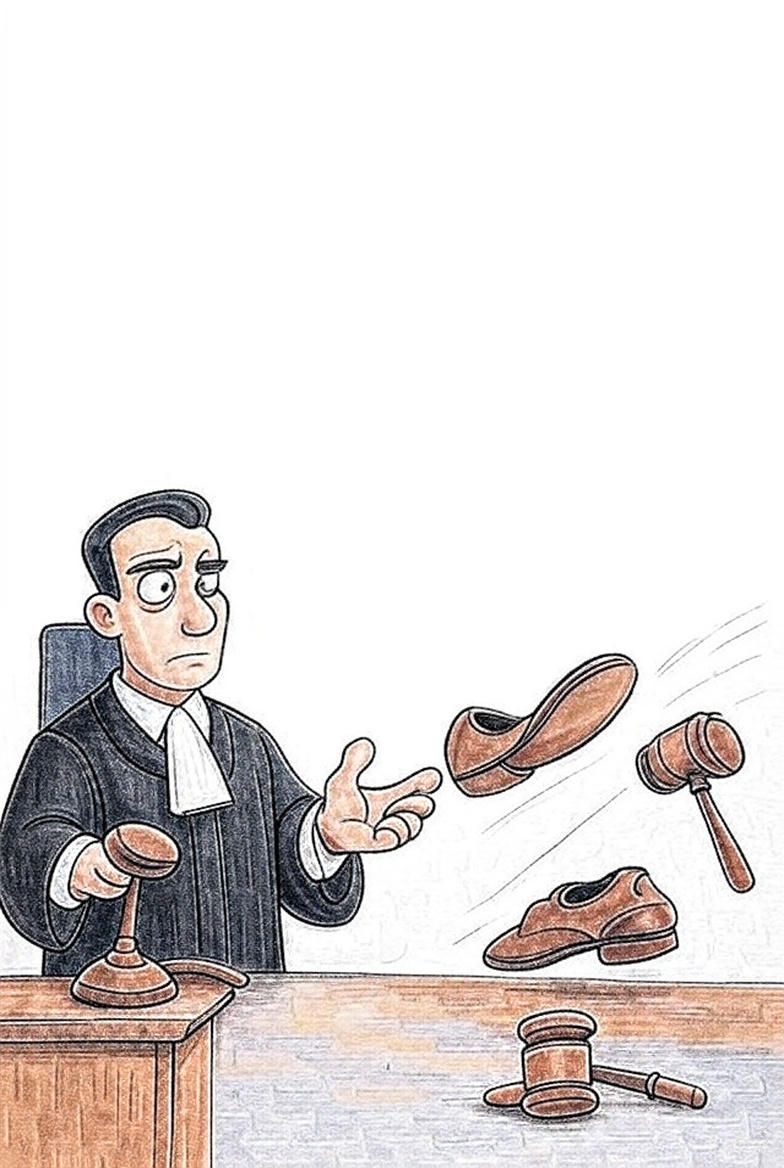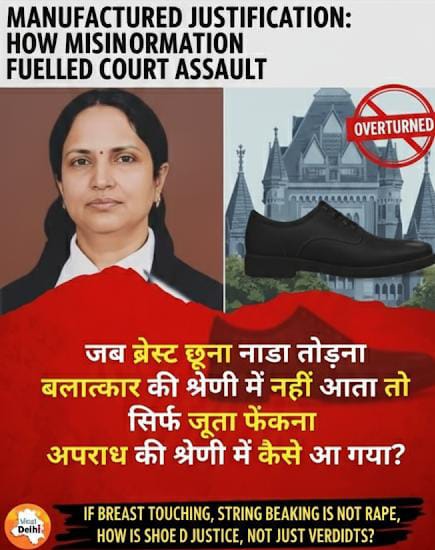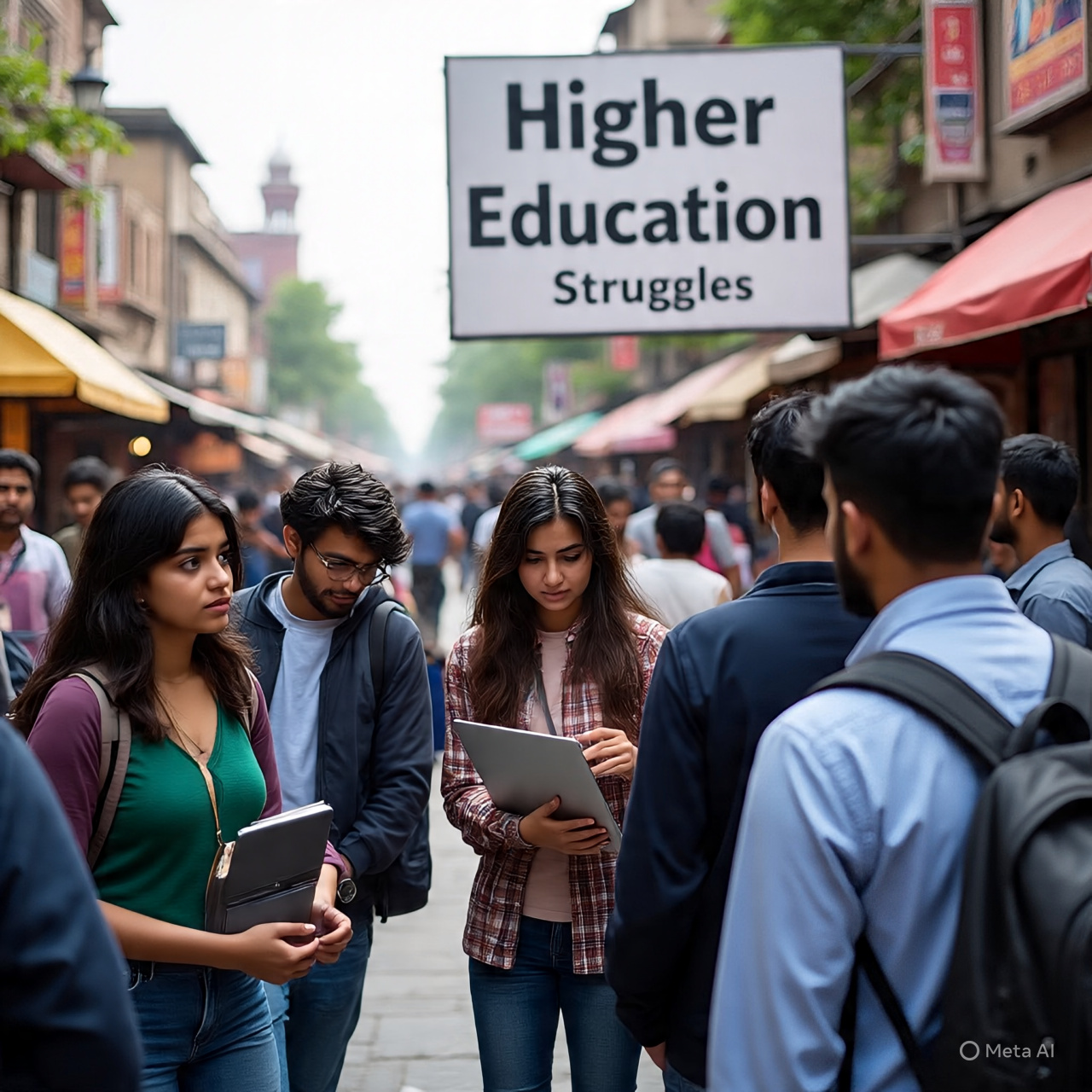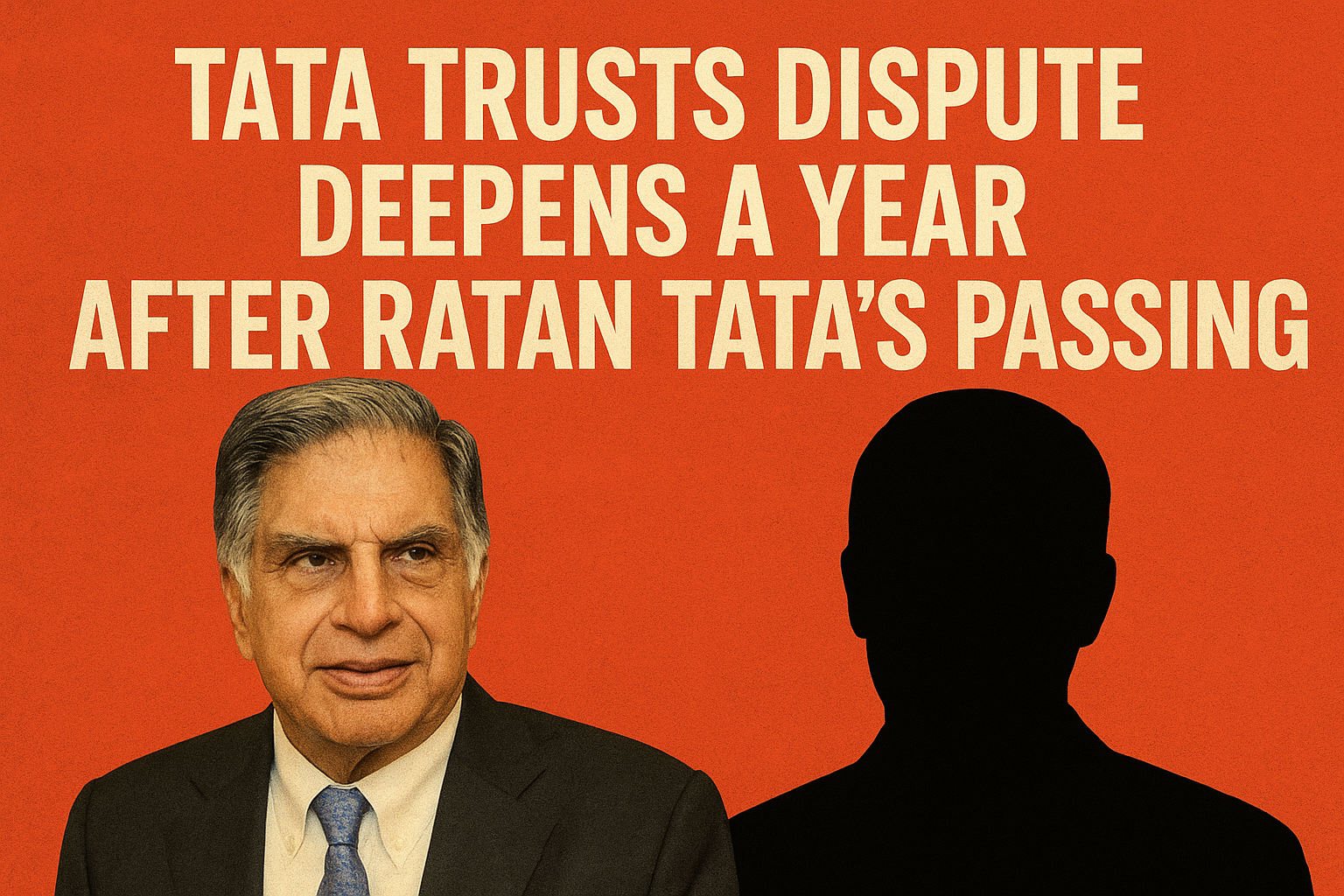.jpeg)
On the morning of October 31, 1984, Delhi awoke to the sound of history bleeding. At the gates of the All India Institute of Medical Sciences, the air grew heavy as whispers turned to wails, and sirens became the rhythm of a tragedy that would alter India’s moral landscape. Inside, Dr. Sneh Bhargava — the first woman to helm AIIMS — prepared not for ceremony, but catastrophe.
Just hours into her tenure, Bhargava stood over the riddled body of Prime Minister Indira Gandhi, perforated by thirty-three bullets — each a punctuation mark in the tragic syntax of national retribution. “The cold steel of the gurney against the skin would have made any patient wince,” she later wrote, but Gandhi had no pulse. Blood transfusions were summoned in desperation. Her rare B-negative blood was soon exhausted, O-negative stocks dwindled, and AIIMS turned into a theatre of medical futility and political symbolism.
Dr. Bhargava’s memoir, The Woman Who Ran AIIMS, recently published by Juggernaut, is not just a retelling of grim events. It is a mirror held up to Indian medicine, reflecting a face caught between idealism and compromise, compassion and commerce.
As mobs raged beyond the walls of the institute, Bhargava’s task was to preserve sanity amid chaos. “Our job was to keep up the charade that we were trying to save her life,” she confessed — not with cynicism, but with the anguished honesty of a physician watching theatre where medicine once reigned.
Outside, Delhi burned in the fury of anti-Sikh riots. Inside, Dr. Bhargava ordered police to protect injured Sikhs and bring them to AIIMS. Many came charred and breathless — burned victims of a nation’s moral short-circuit.
A Physician Among Politicians
Her appointment as director had been controversial. Handpicked by Indira Gandhi herself, Bhargava had to shoulder not just medicine, but suspicion. Critics scoffed that a woman “could not possibly handle the task.” They mistook her gentleness for softness, her silence for surrender. Both assumptions were wrong.
When politicians illegally occupied AIIMS flats, Bhargava had them thrown out. “I will shake the walls of this institute,” thundered the MP. Her reply was pure iron: “The walls of AIIMS and my shoulders are not that weak.”
When Rajiv Gandhi was injured by an arrow, Bhargava refused his demand to bypass security. “You cannot enter any premises driving without proper security. Dismiss me if you must.” She was not there to please power. She was there to serve people.
The Cost of Compassion
Her greatest battle was not with ministers, but medicine itself. The rise of kickbacks for referrals, general practitioners earning less than specialist fixers — all of it deeply wounded her. “Medicine is now tech-savvy, but soul-starved,” she mourned. Doctors, she said, were normalising cruelty. Resident doctors worked 18-hour shifts, lived on junk food, and operated in a fog of physical and moral exhaustion.
Even technology could not save Indian medicine from its deeper ailment: greed.
Bhargava diagnosed the condition early. As a young radiologist in 1962, she once found an aortic aneurysm in a routine X-ray, insisted on retesting, and proved correct when the patient died of rupture. For her, ethics wasn’t an appendix to medicine — it was the spine.
An Epitaph in Ink and Integrity
Now 95, Bhargava offers her parting prescription with the clarity of one who has seen death from both sides of the scalpel: “Be a healer, not a vendor. Or this noble profession will bleed out.”
In a nation increasingly run by apps, algorithms, and artifice, Bhargava’s legacy is a footnote we must not forget. She was the doctor who refused to anaesthetize truth. The administrator who stood firm amid falling empires. And the woman who showed that leadership like healing, must begin with heart.


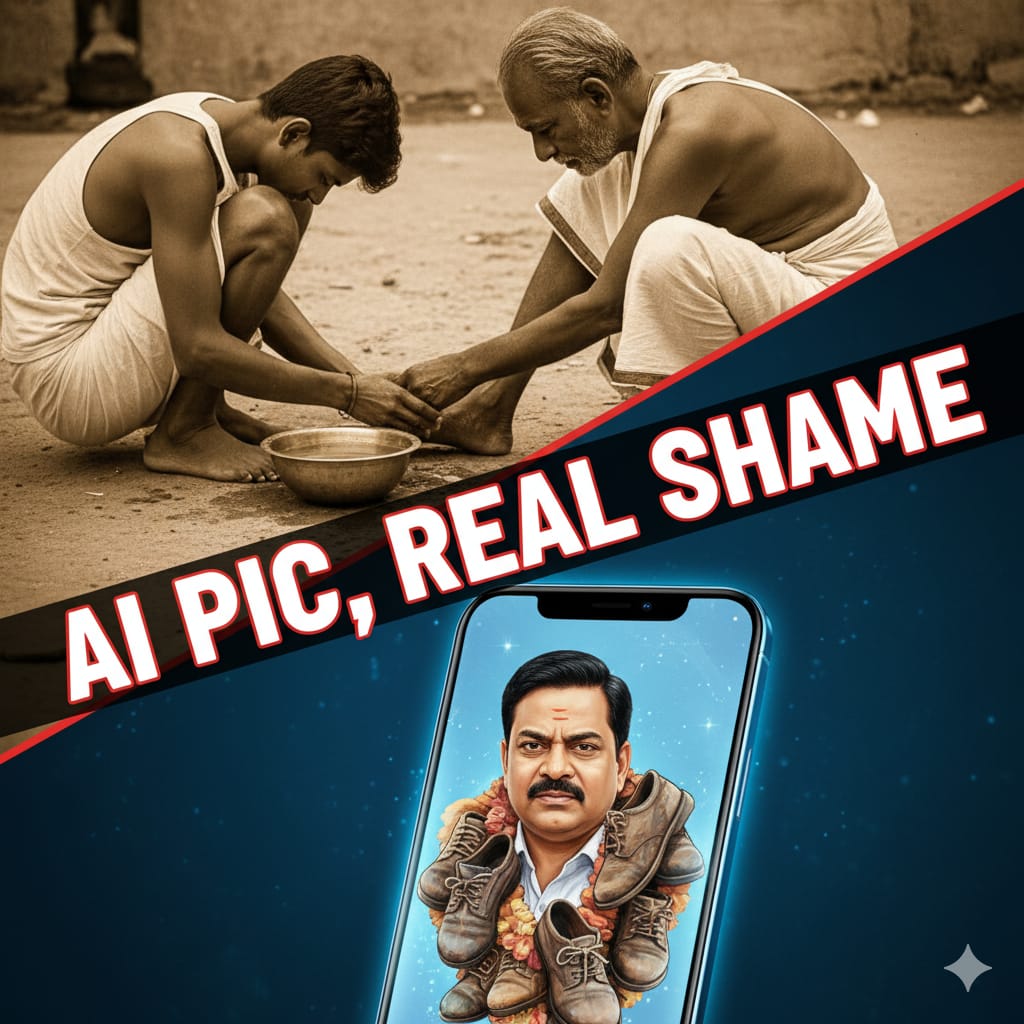

.jpeg)
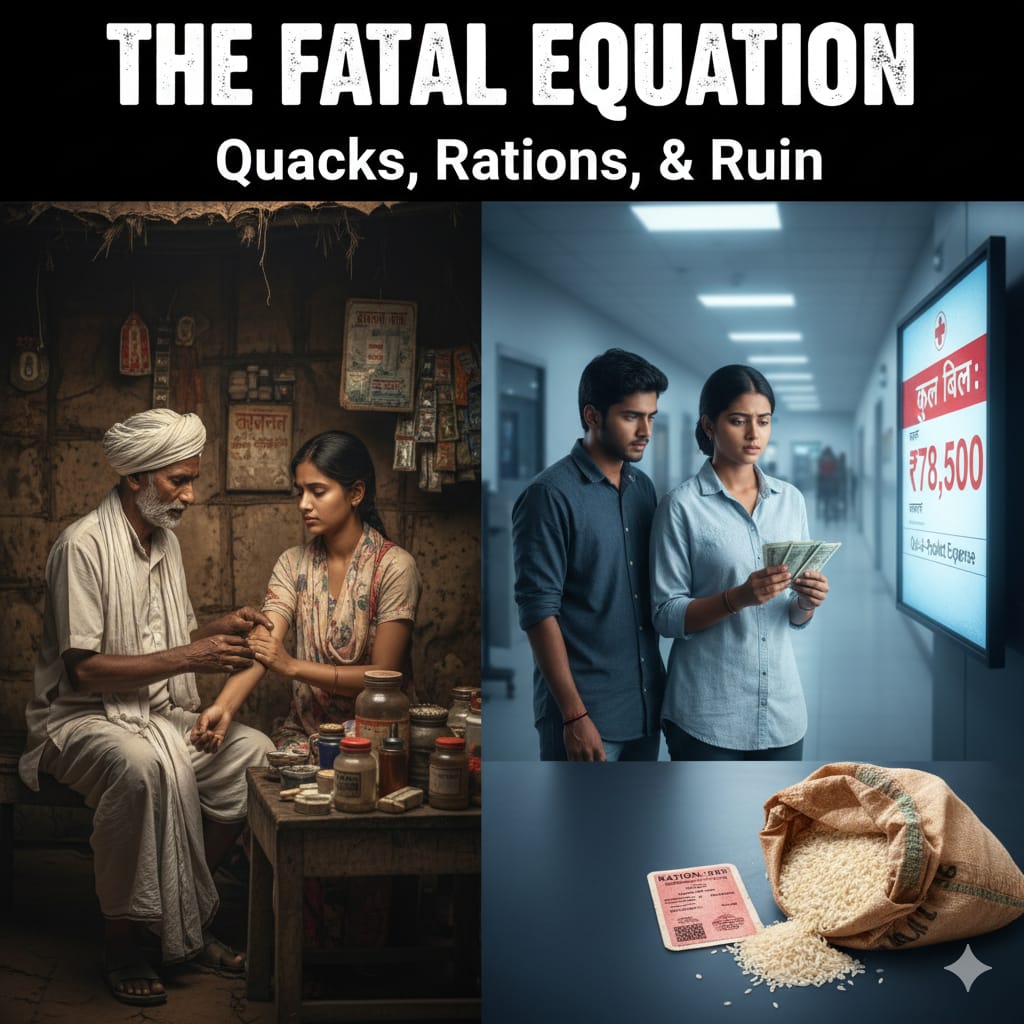
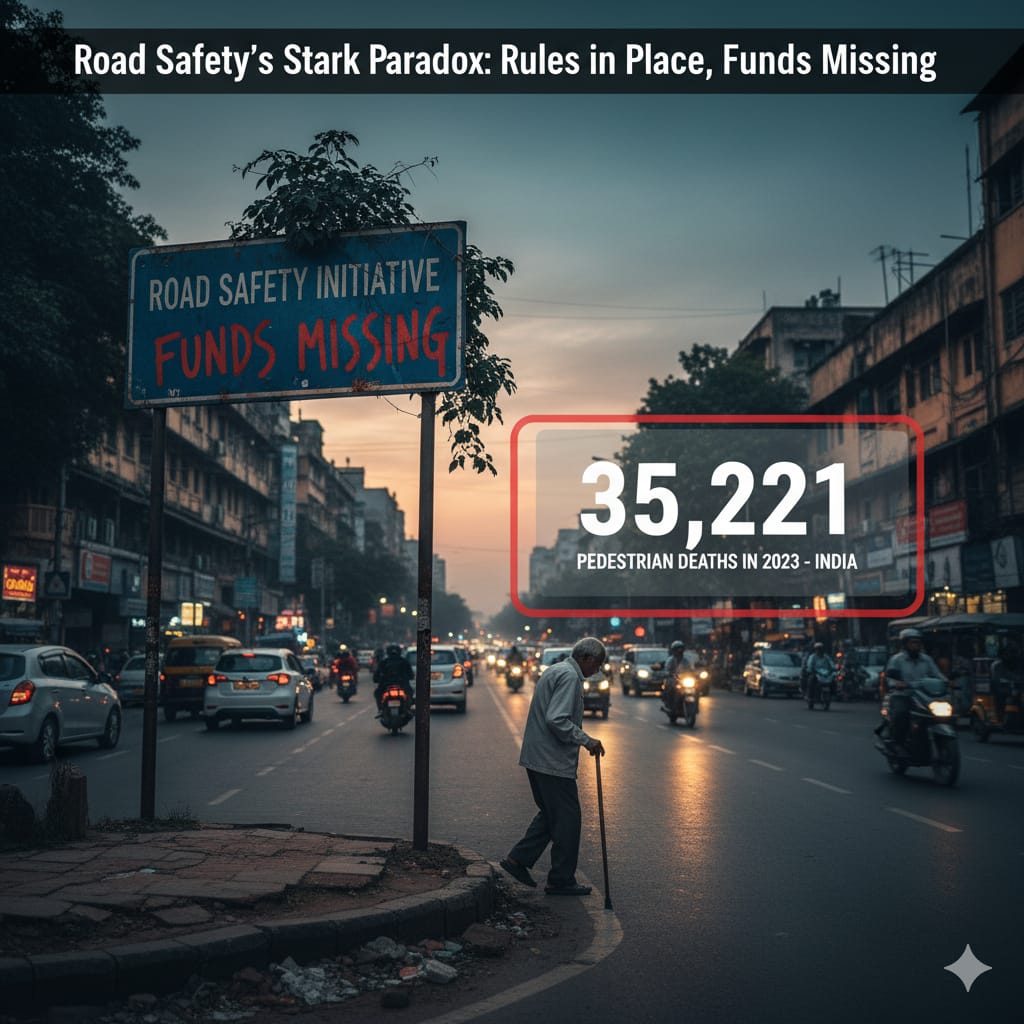
.jpeg)
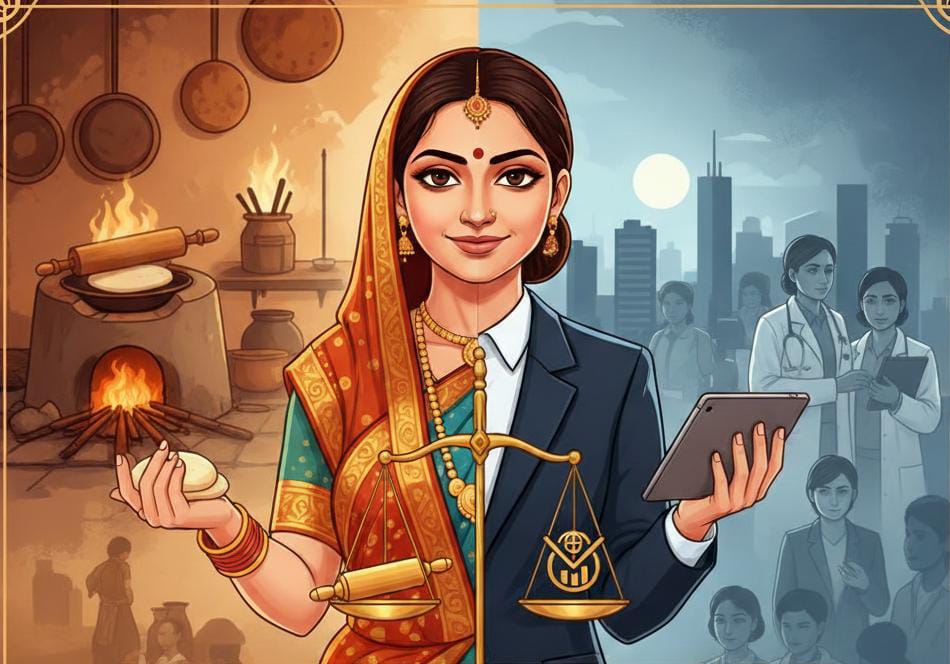
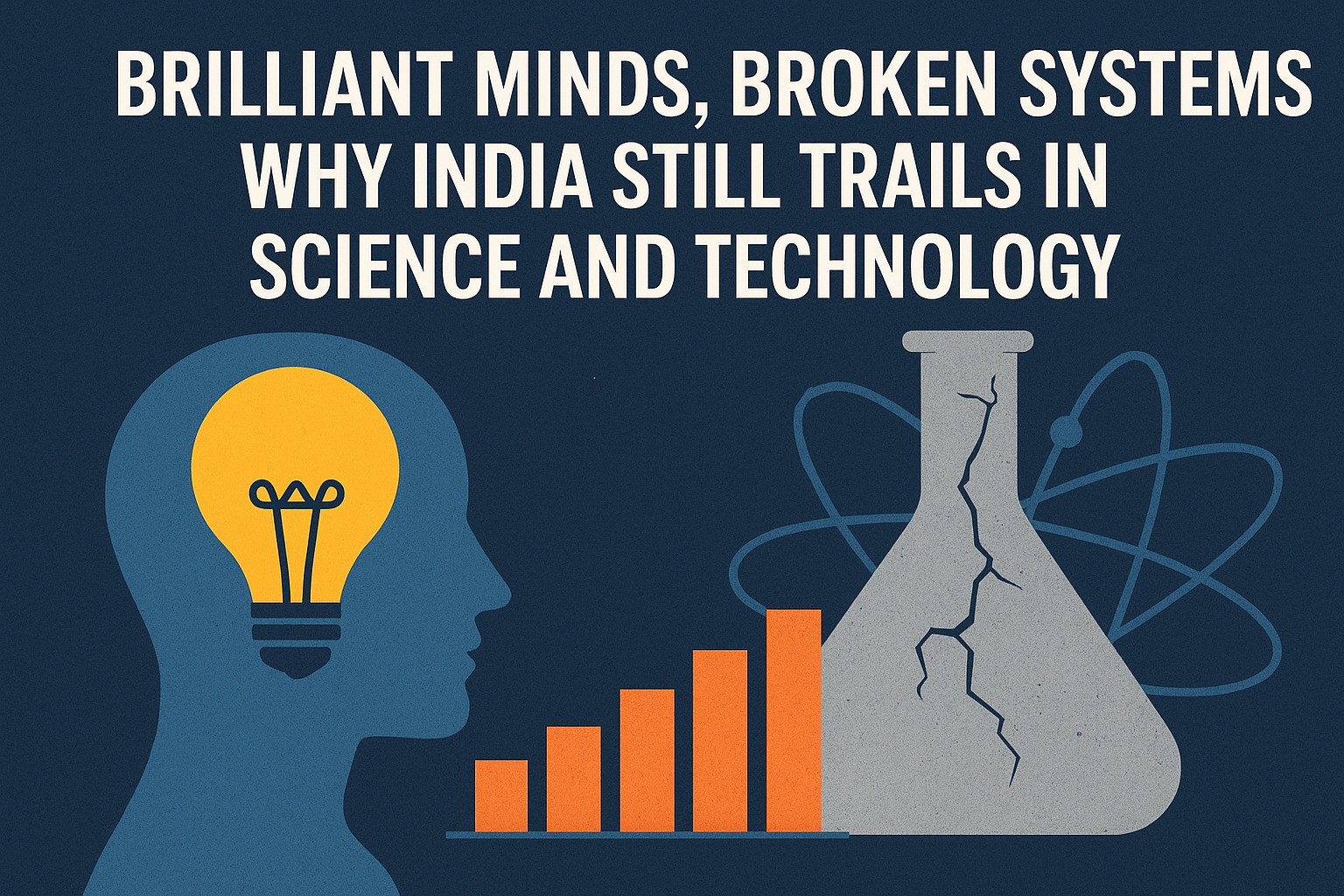


.jpeg)
